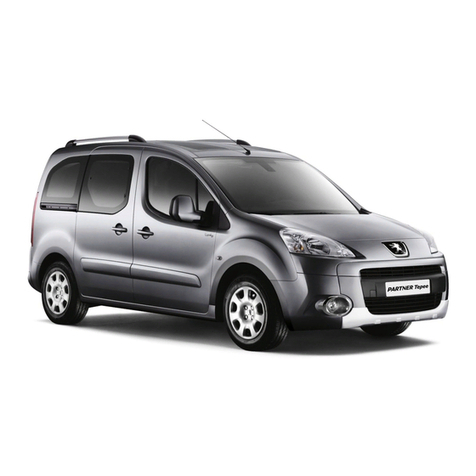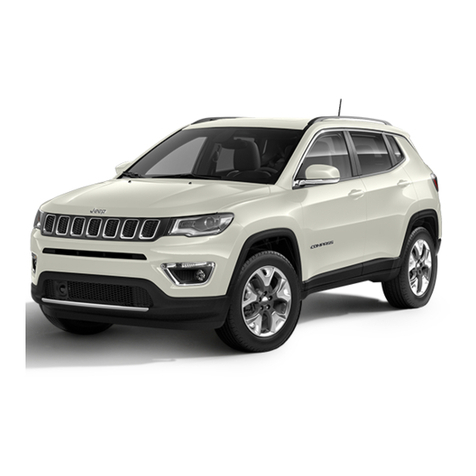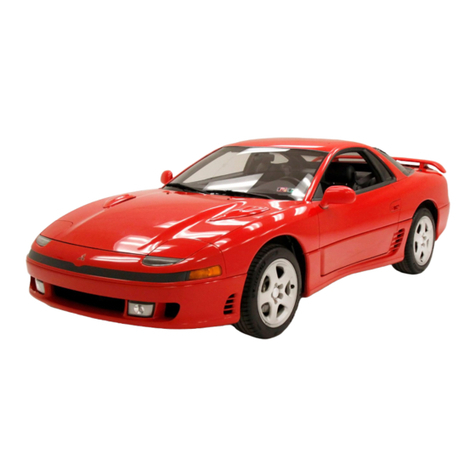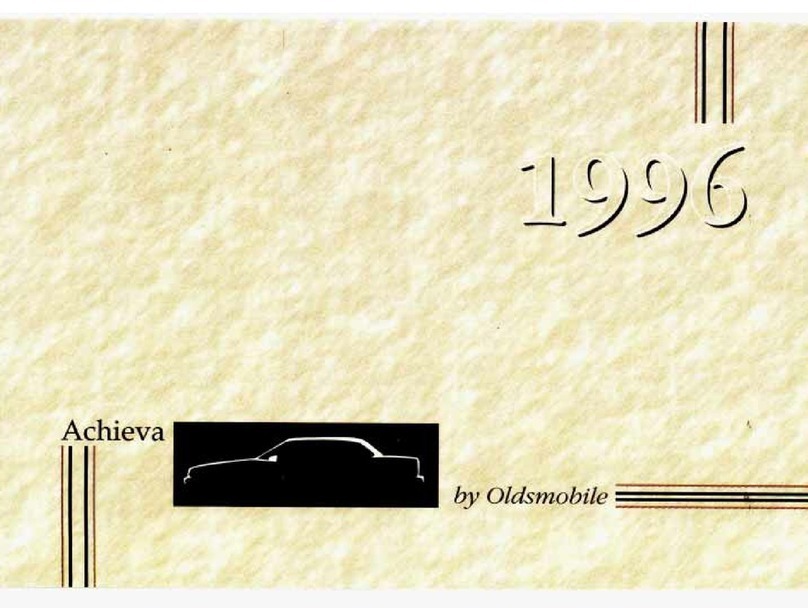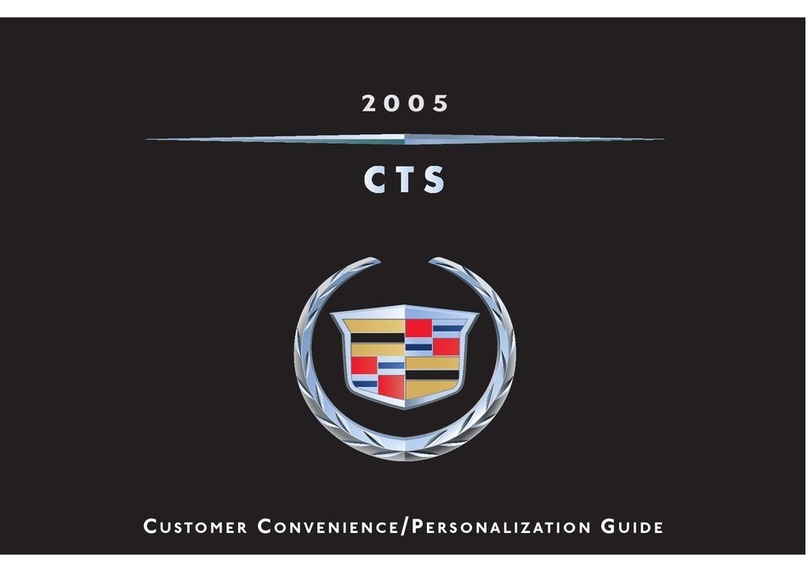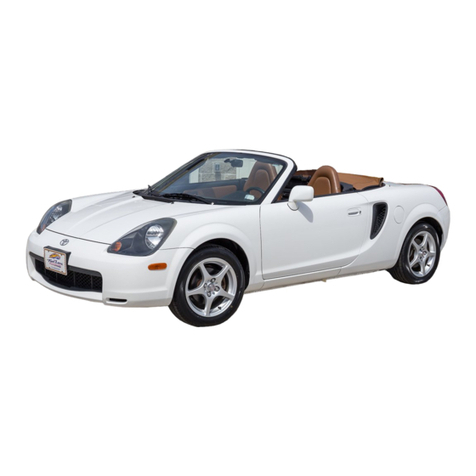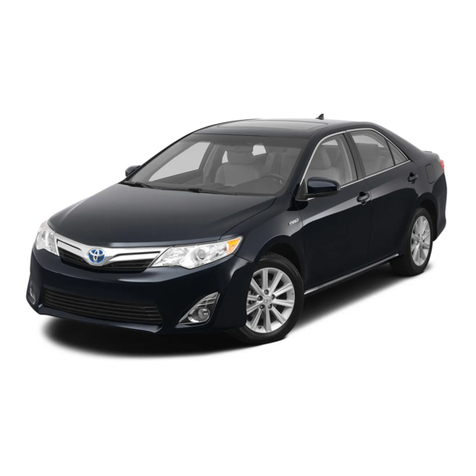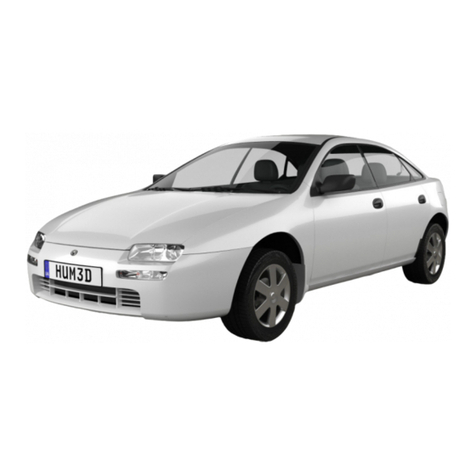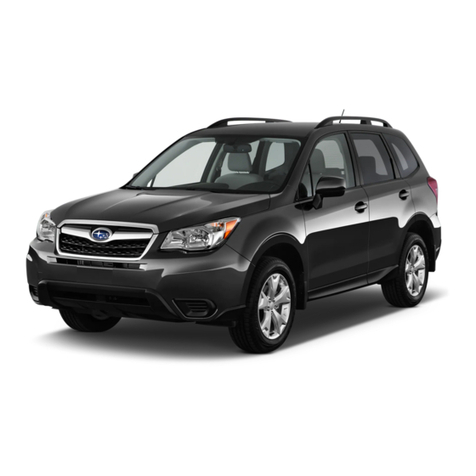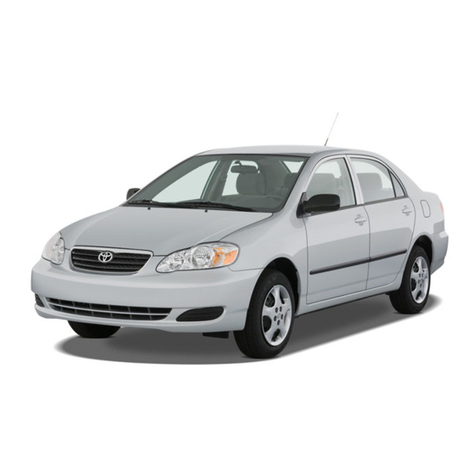PEUGEOT PARTNER Tepee User manual
Other PEUGEOT Automobile manuals
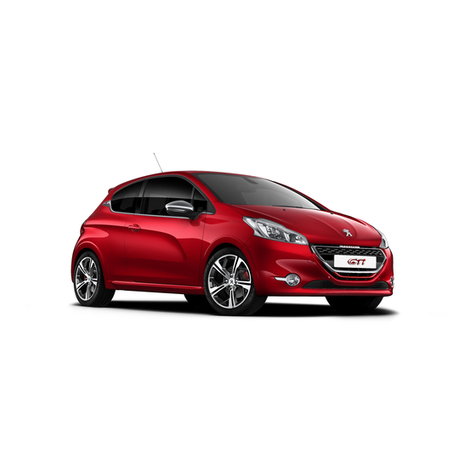
PEUGEOT
PEUGEOT 208 User manual
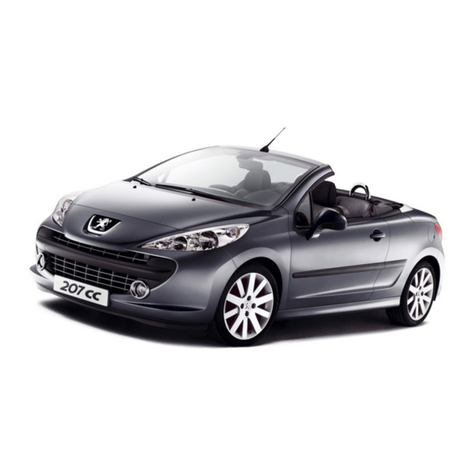
PEUGEOT
PEUGEOT 207 CC User manual
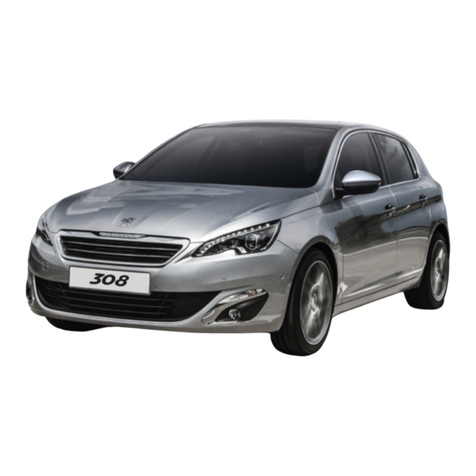
PEUGEOT
PEUGEOT 308 User manual
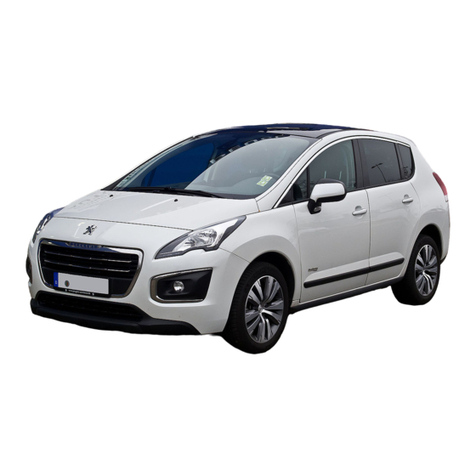
PEUGEOT
PEUGEOT 3008 User manual
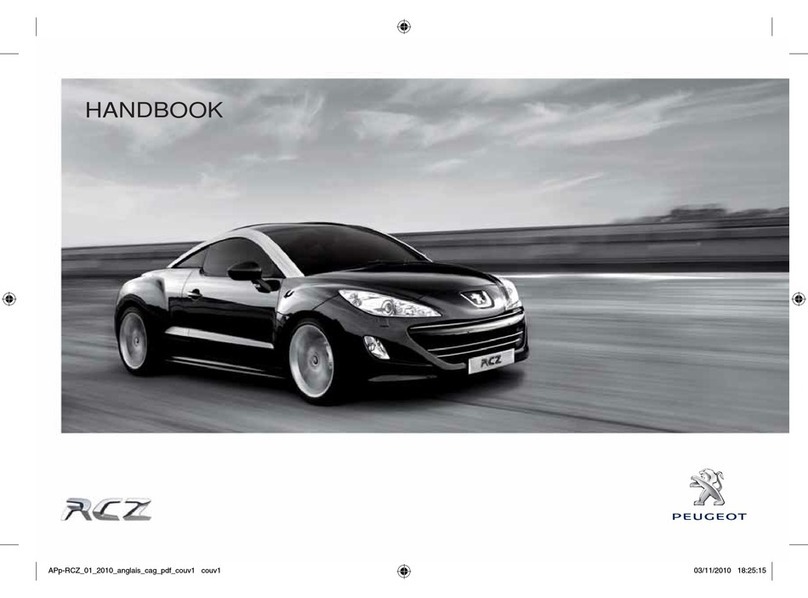
PEUGEOT
PEUGEOT RCZ User manual
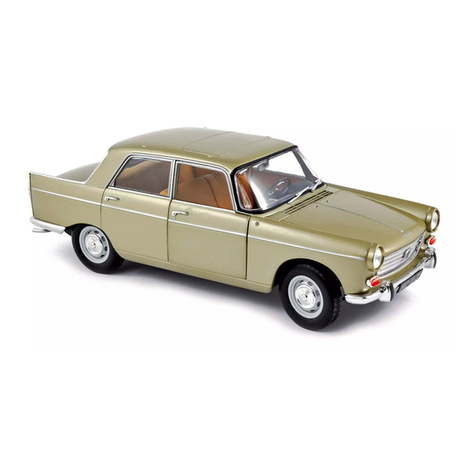
PEUGEOT
PEUGEOT 404 Instruction manual
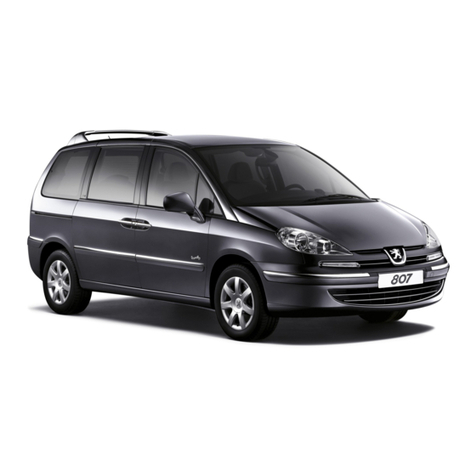
PEUGEOT
PEUGEOT 807 User manual
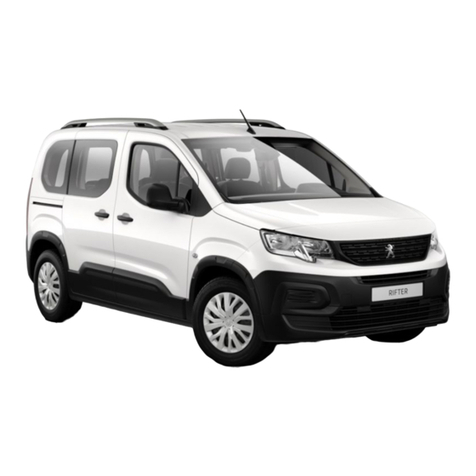
PEUGEOT
PEUGEOT RIFTER User manual

PEUGEOT
PEUGEOT traveller User manual

PEUGEOT
PEUGEOT Expert VU 2009 User manual

PEUGEOT
PEUGEOT PARTNER Tepee User manual
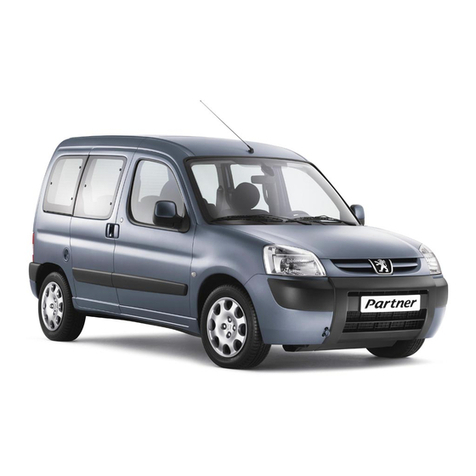
PEUGEOT
PEUGEOT Partner Origin User manual

PEUGEOT
PEUGEOT 508 User manual
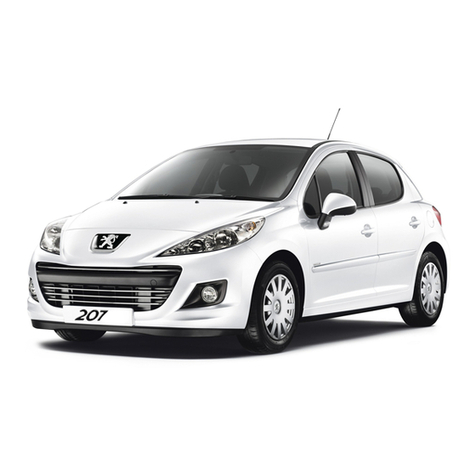
PEUGEOT
PEUGEOT 207 2008 User manual
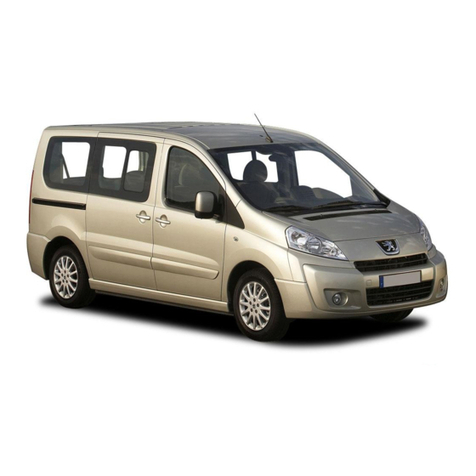
PEUGEOT
PEUGEOT Expert Tepee User manual
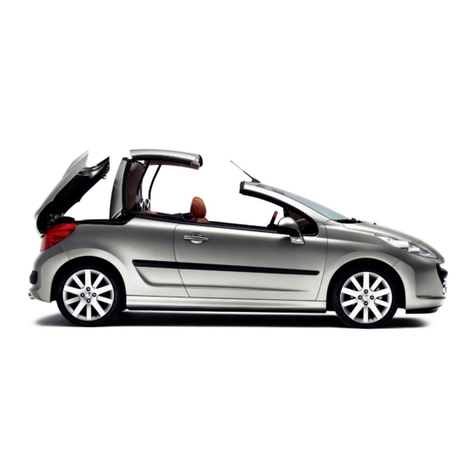
PEUGEOT
PEUGEOT 207 CC 2014 User manual

PEUGEOT
PEUGEOT 5008 2017 User manual
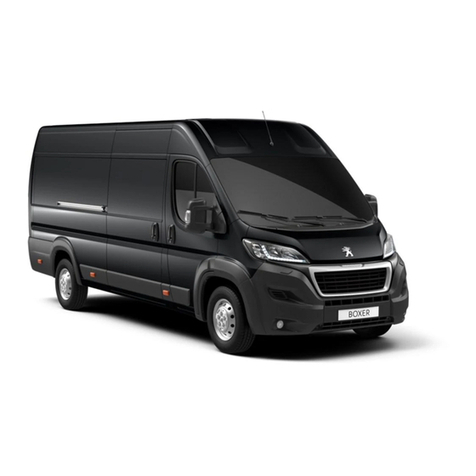
PEUGEOT
PEUGEOT Boxer User manual

PEUGEOT
PEUGEOT 2008 User manual
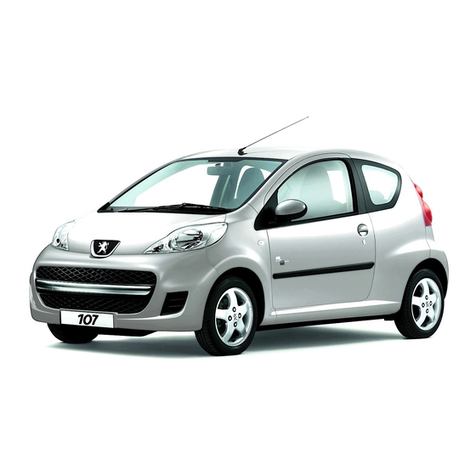
PEUGEOT
PEUGEOT 107 2009 User manual

